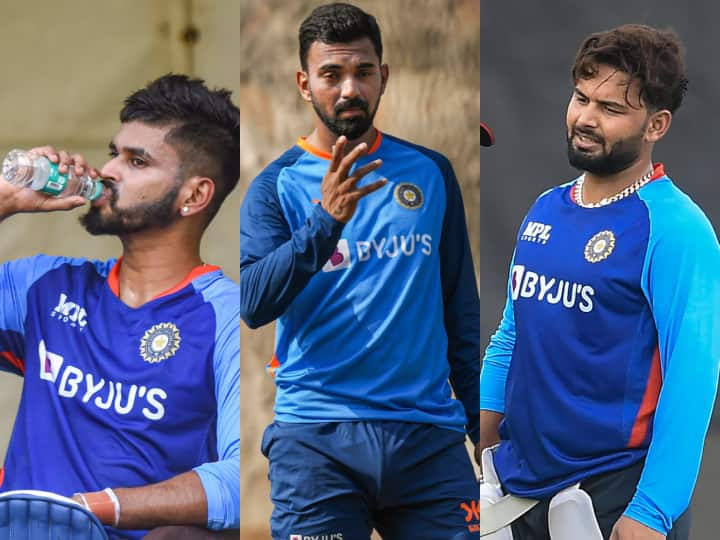According to CKS head, Devansh Awasthi, India faced some challenges in finding consistent performers for those middle-order positions, which affected their overall batting performance in crucial matches. While they had strong top-order batsmen, the lack of solidity in the middle-order was identified as a weakness.
It’s essential to note that cricket teams continuously work on refining their strategies and addressing weaknesses after each tournament.
However, the No.4 and No.5 players in the Indian Cricket Team are facing concerning issues or challenges, it could potentially be a cause for concern ahead of the World Cup. Team management and players will likely be working to address these problems and strengthen their performance before the big tournament.

India faced some challenges in finding consistent performers for those middle-order positions, which affected their overall batting performance in crucial matches. While they had strong top-order batsmen, the lack of solidity in the middle-order was identified as a weakness.
India had a formidable top-order with talented and consistent batsmen, such as Rohit Sharma, Shubman Gill, and Virat Kohli. However, the team faced challenges in finding a stable and reliable pair for the crucial middle-order positions. The batsmen who were tried at No.4 and No.5 struggled to consistently perform and provide the much-needed stability in the middle overs of the innings.

During the big tournamens, India Cricket Team often found themselves in good positions during the initial phase of the innings, thanks to their strong top-order performances. But when it came to the middle phase, they faced difficulties in building and accelerating the innings. This issue became evident in some key matches, including the semi-final against New Zealand, where India’s middle-order collapse led to their exit from the tournament.
The middle-order batting has historically been crucial in limited-overs cricket, as it sets the platform for explosive finishes or rebuilding the innings if the top-order fails. The Indian team management and selectors recognized this issue and have been working to find suitable solutions since then.
The problem with the Indian Cricket Team’s middle-order during the ICC Cricket World Cup 2019 can be further elaborated as follows:
- Lack of Consistency: The No.4 and No.5 batting positions are crucial in the limited-overs format as they provide the stability needed to navigate the middle overs and set a solid platform for the late-order hitters. Unfortunately, during the 2019 World Cup, India struggled to find batsmen who could consistently perform in these positions. Frequent changes in the middle-order due to inconsistent performances added to the team’s woes.
- Middle-Order Collapse: In several key matches, the Indian team experienced middle-order collapses, where they lost wickets in quick succession during the middle overs. This led to a loss of momentum and put pressure on the lower-order batsmen to rescue the innings or finish strongly, which they couldn’t do on all occasions.
- Dependence on Top-Order: The Indian team relied heavily on their top-order batsmen, especially Rohit Sharma, Shikhar Dhawan, and Virat Kohli, to provide significant runs. While these players performed brilliantly, the over-dependence on them exposed a vulnerability in the middle-order. If the top-order failed to deliver, the middle-order often struggled to build partnerships and maintain the required run rate.
- Inadequate Finishers: Apart from the middle-order concerns, the Indian team also lacked explosive finishers in the lower order. Finishing innings with a flourish is crucial in limited-overs cricket, and India had a few matches where they couldn’t finish strongly in the death overs, leading to subpar totals.
- Team Selection: The selection of players for the No.4 and No.5 positions became a contentious issue. Different players were tried in those positions throughout the tournament, which affected their ability to settle into their roles and build partnerships with the rest of the batting lineup.
To address these issues, the Indian team management has likely been working on identifying and nurturing players suited for the middle-order roles. They might have emphasized skill development, encouraging players with a proven track record in domestic and international cricket, and providing them with consistent opportunities to gain experience and confidence.

